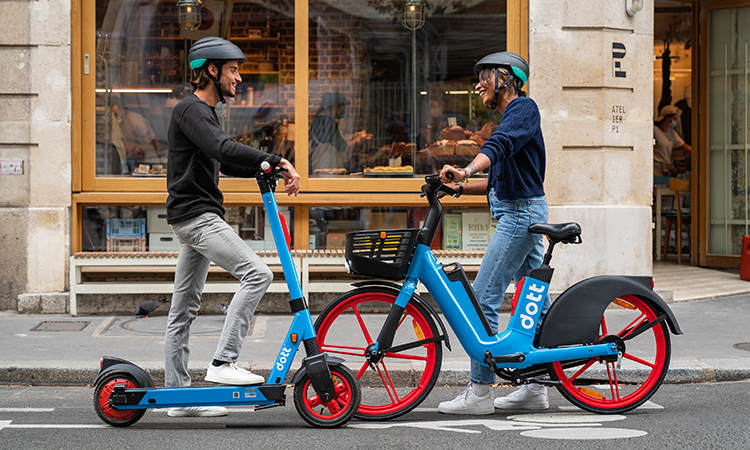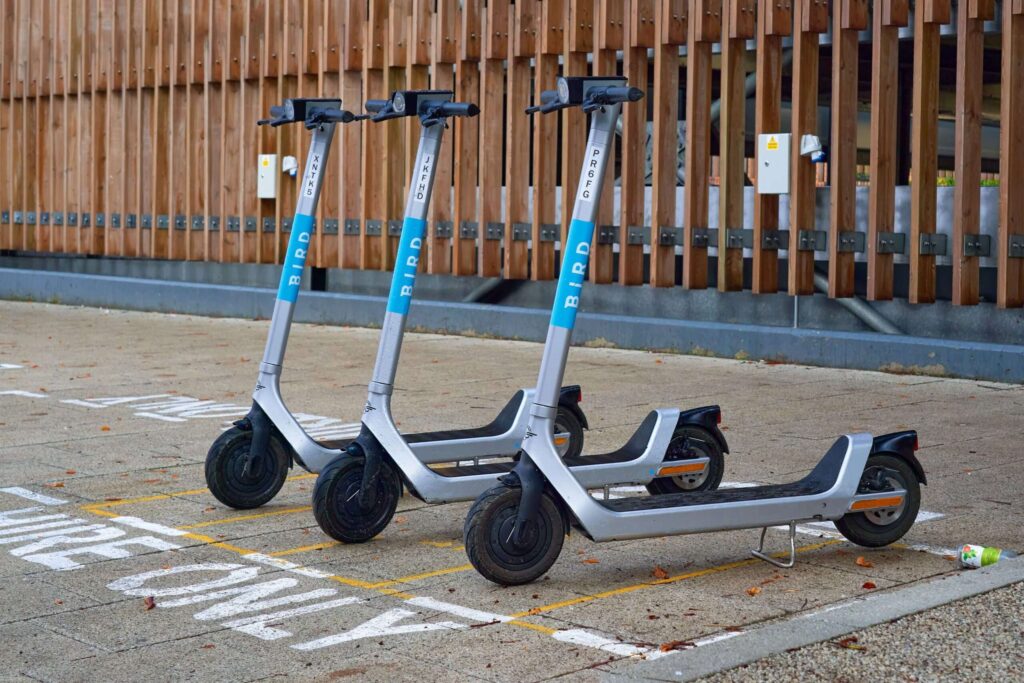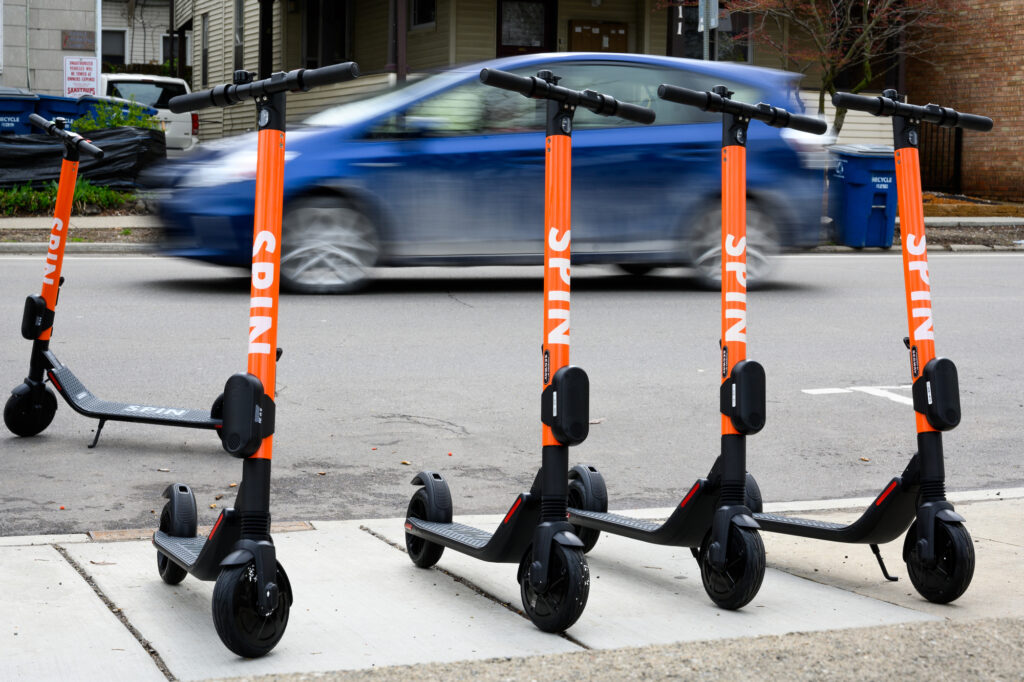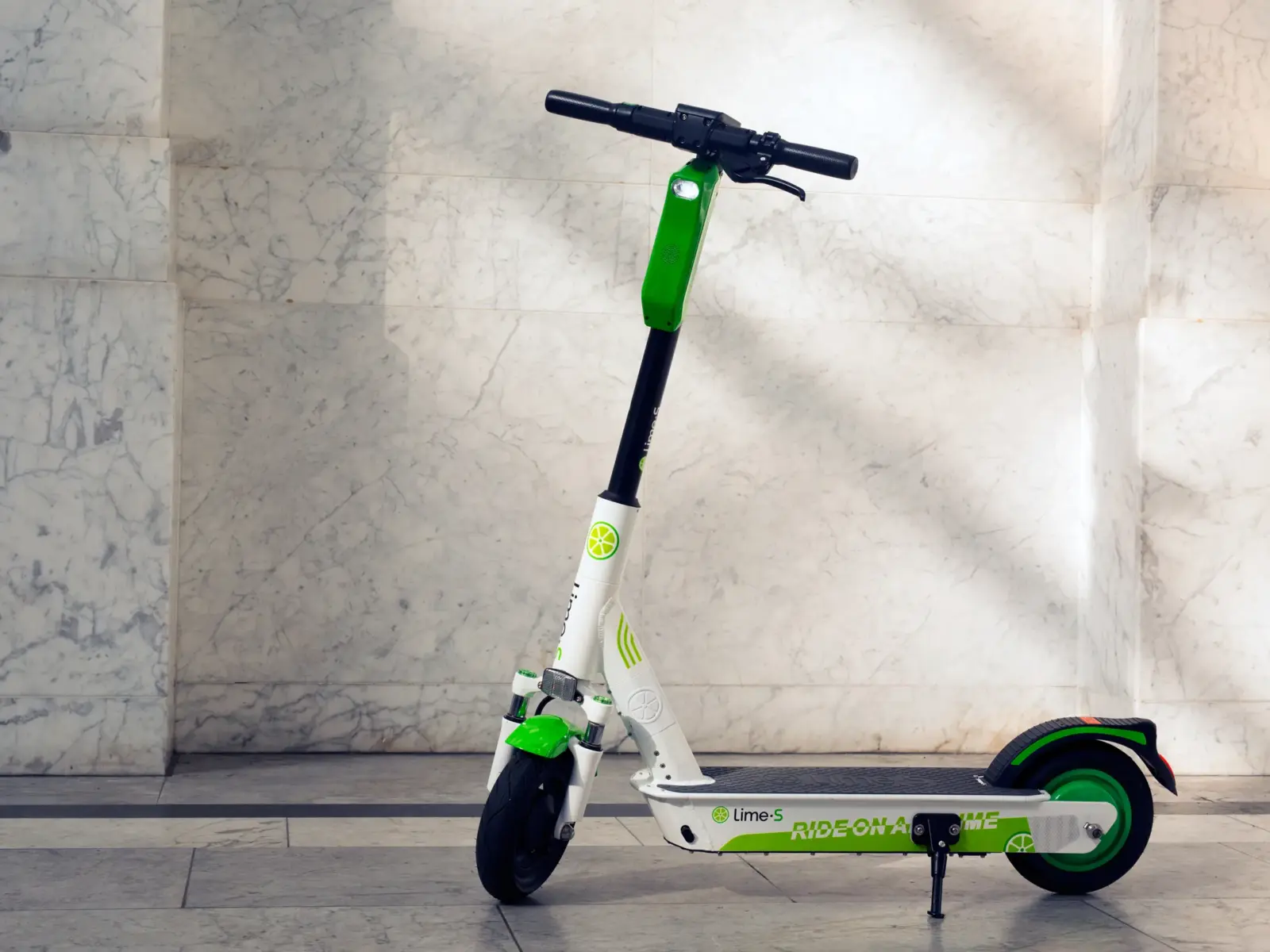In recent years, the landscape of urban transportation has been undergoing a significant transformation. The rise of micro-mobility solutions, including e-scooters, e-bikes, and other compact, eco-friendly modes of transportation, is revolutionizing how people navigate cities. These innovations offer promising alternatives to traditional commuting methods, addressing issues such as traffic congestion, pollution, and the last-mile problem. Let’s delve into the factors driving this trend and the potential it holds for the future of urban mobility.
The Appeal of Micro-Mobility
Micro-mobility solutions are characterized by their small size, electric propulsion, and suitability for short-distance travel. They provide a convenient, efficient, and environmentally friendly mode of transportation, particularly in densely populated urban areas. Here are some of the key benefits driving their popularity:
- Environmental Impact: Micro-mobility vehicles produce zero emissions, helping to reduce the carbon footprint of urban transportation. With growing concerns about climate change and air quality, cities are increasingly adopting these green alternatives.
- Convenience and Accessibility: E-scooters and e-bikes can be easily rented through smartphone apps, offering a flexible and on-demand transportation option. This convenience is particularly valuable for short trips that are too long to walk but too short to drive.
- Cost-Effectiveness: Compared to car ownership or ride-hailing services, micro-mobility options are often more affordable. They eliminate costs associated with fuel, parking, and maintenance, making them an attractive choice for cost-conscious commuters.
- Reduced Traffic Congestion: By encouraging the use of smaller, more agile vehicles, micro-mobility can alleviate traffic congestion. This is particularly beneficial in crowded urban centers where space is at a premium.

Key Players in the Micro-Mobility Ecosystem
Several companies have emerged as leaders in the micro-mobility market, each offering unique solutions to meet the needs of urban commuters. Some of the most notable players include:
- Bird: One of the pioneers in the e-scooter industry, Bird offers dockless electric scooters that can be rented via a mobile app. Their scooters are widely available in major cities around the world.
- Lime: Another major player, Lime provides both e-scooters and e-bikes. The company emphasizes sustainability and safety, offering durable and easy-to-use vehicles.
- Spin: Acquired by Ford, Spin operates a fleet of e-scooters and has partnerships with various cities to ensure compliance with local regulations and integration with public transportation systems.
- VanMoof: A leader in the e-bike sector, VanMoof designs high-tech electric bikes with smart features such as anti-theft tracking and automatic gear shifting.

Challenges and Considerations
While micro-mobility solutions offer numerous benefits, they also present challenges that need to be addressed to ensure their long-term success:
- Regulation and Safety: The rapid proliferation of e-scooters and e-bikes has raised safety concerns. Cities must implement regulations to ensure the safe use of these vehicles, including speed limits, designated parking areas, and helmet requirements.
- Infrastructure: To fully realize the potential of micro-mobility, cities need to invest in infrastructure such as bike lanes and charging stations. This infrastructure is crucial for the safe and efficient operation of micro-mobility vehicles.
- Sustainability: While e-scooters and e-bikes are more environmentally friendly than cars, their production, maintenance, and disposal still have environmental impacts. Companies must focus on sustainable practices throughout the lifecycle of their vehicles.
- Equity: Ensuring that micro-mobility solutions are accessible to all segments of the population is essential. This includes addressing barriers such as affordability, availability in underserved areas, and accommodating people with disabilities.

The Future of Micro-Mobility
The future of micro-mobility looks promising, with continued innovation and investment driving growth in the sector. Here are some trends to watch:
- Integration with Public Transit: Combining micro-mobility with public transportation can create seamless, multimodal travel options. For example, e-scooters and e-bikes can serve as a convenient first-mile and last-mile solution, complementing bus and train services.
- Advancements in Technology: Ongoing advancements in battery technology, connectivity, and autonomous driving capabilities will enhance the functionality and user experience of micro-mobility vehicles.
- Urban Planning: Cities are increasingly incorporating micro-mobility into their urban planning strategies, designing streets and public spaces that accommodate a variety of transportation modes.
- Corporate Adoption: Businesses are recognizing the benefits of micro-mobility for employee commuting and are beginning to offer incentives and infrastructure to support its use.


















Leave a Reply